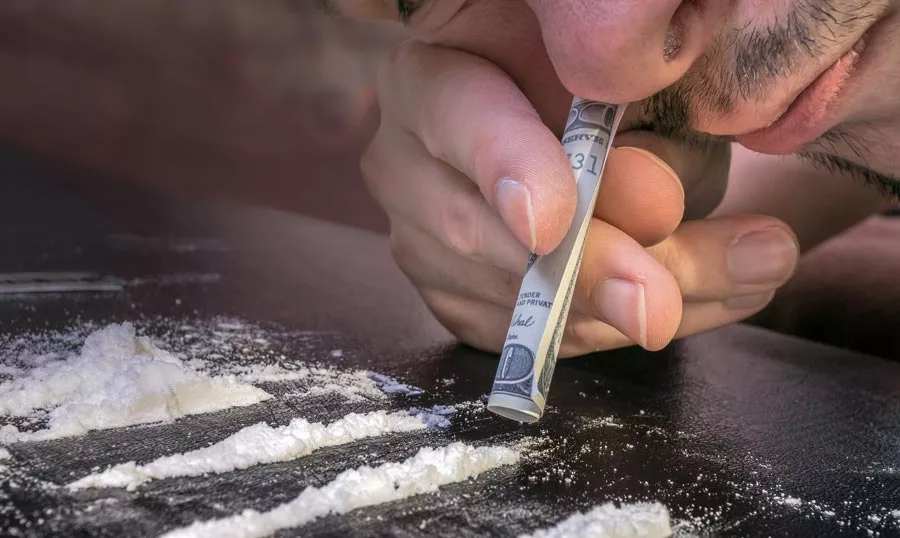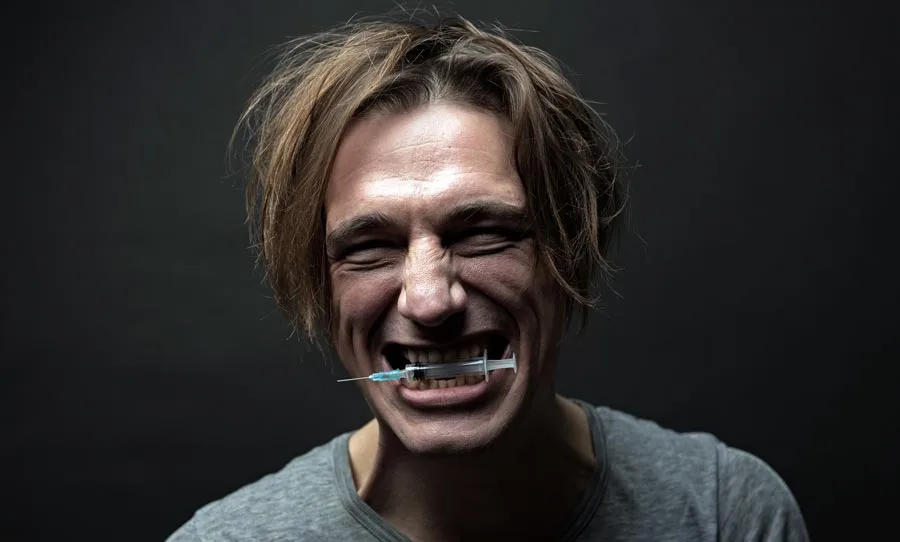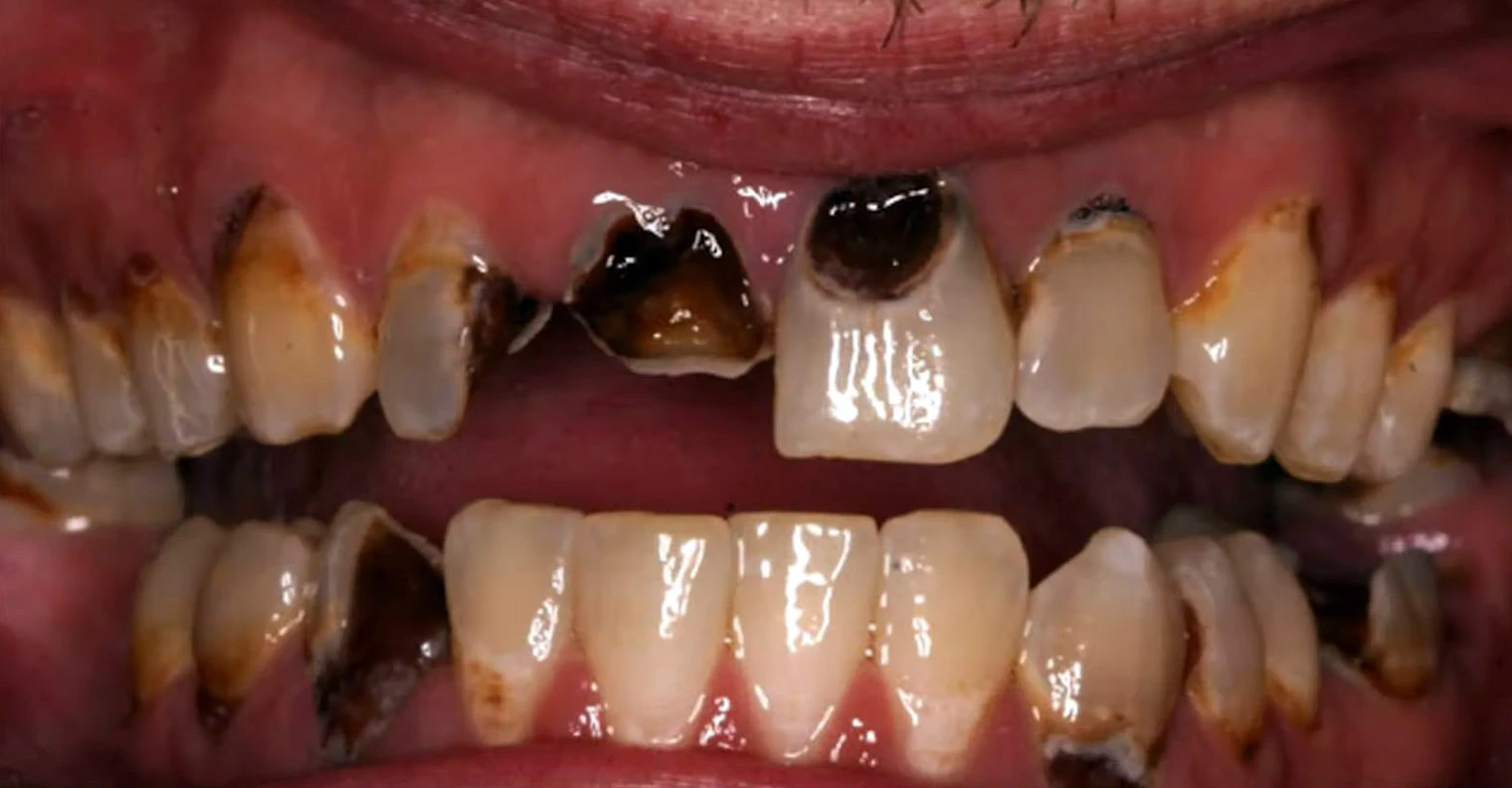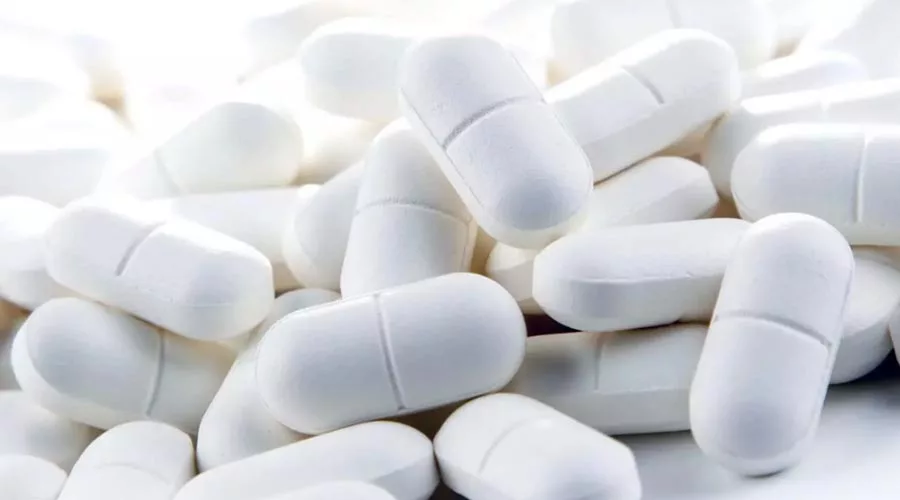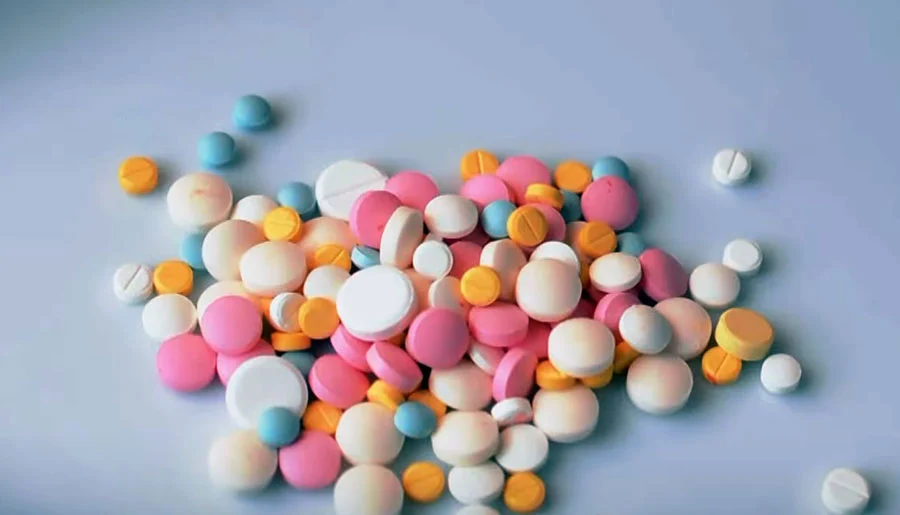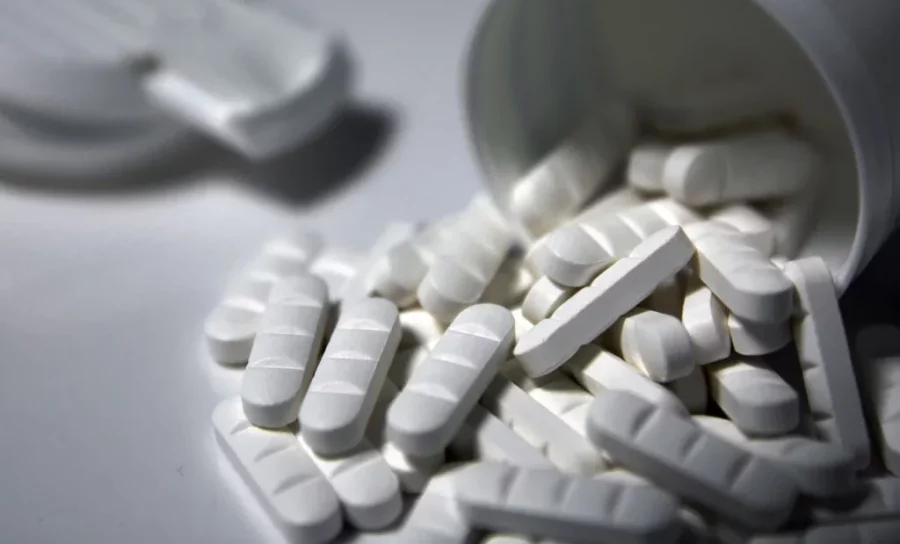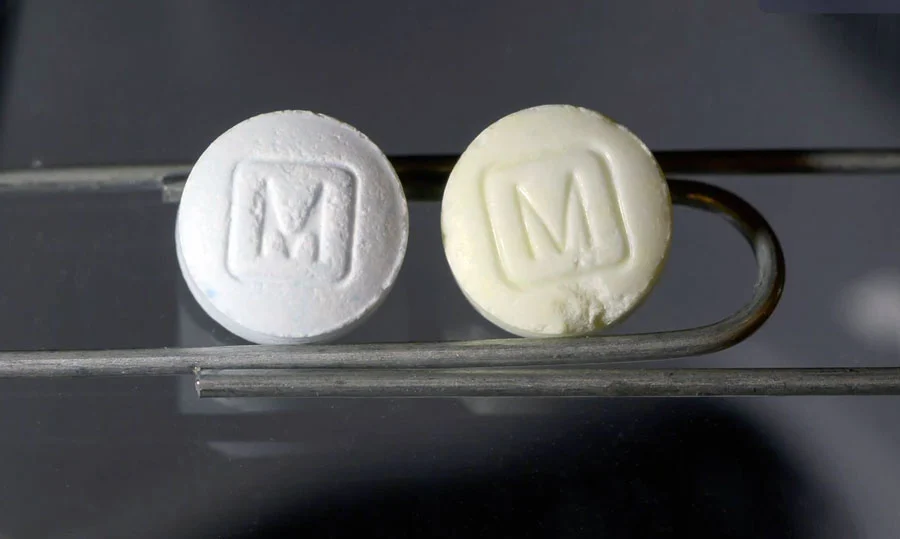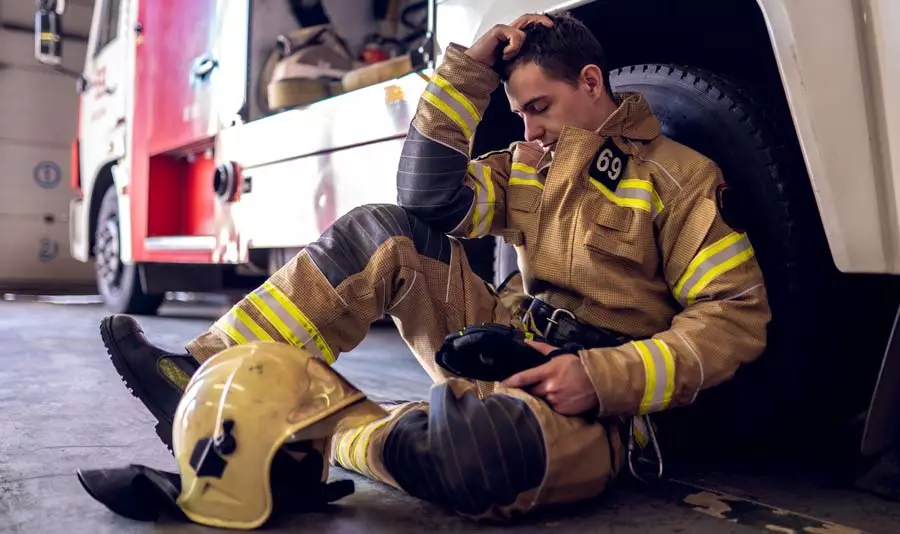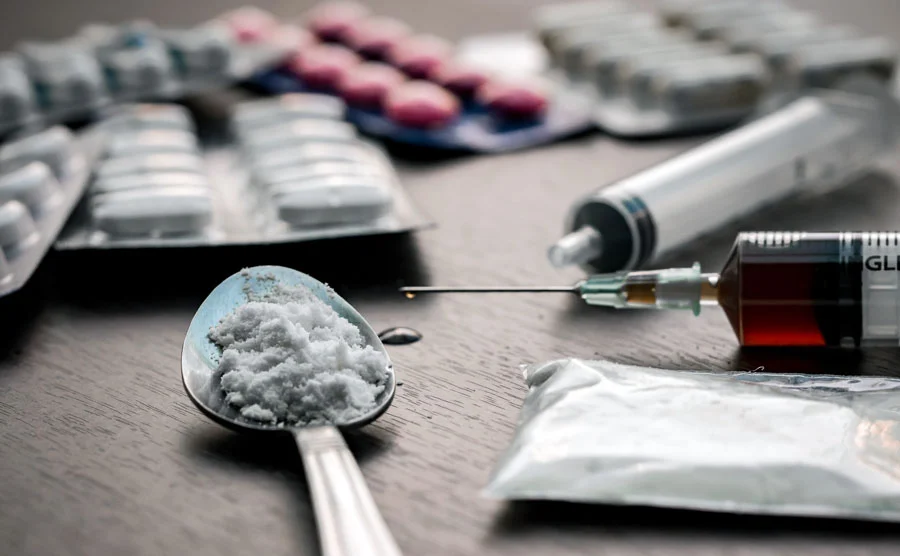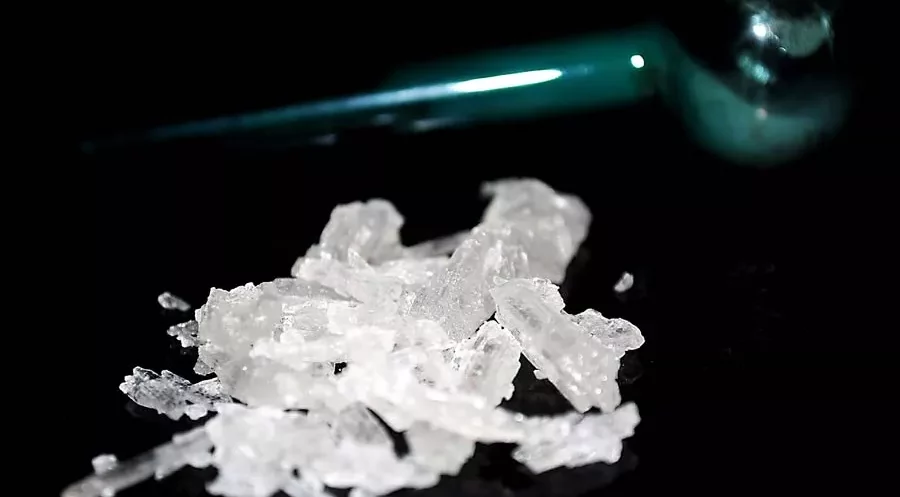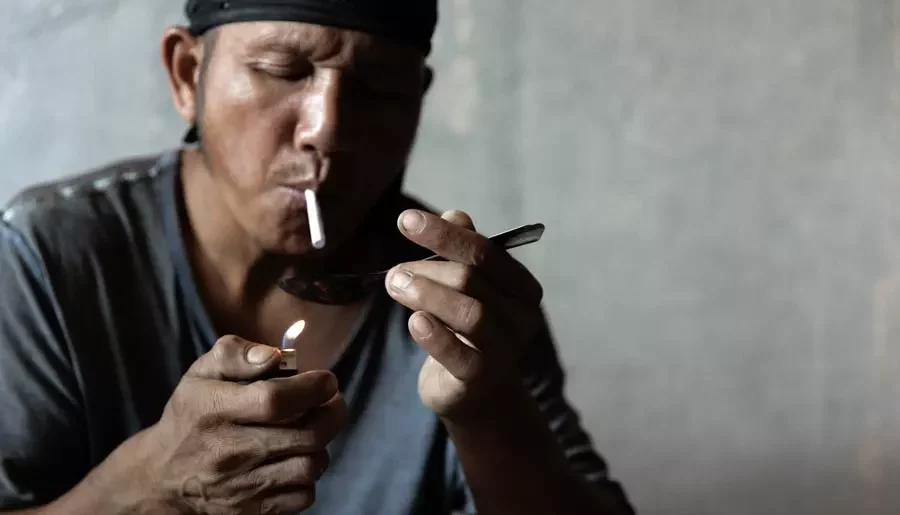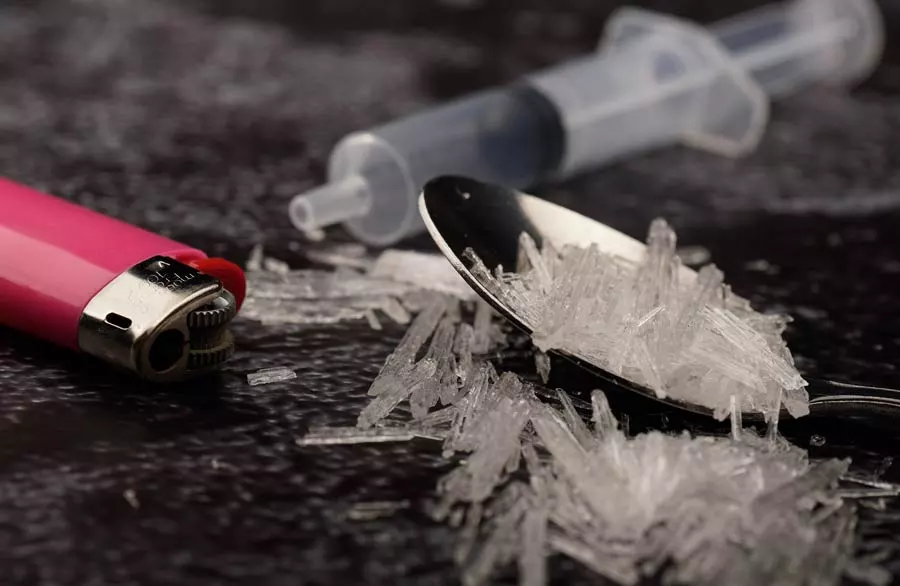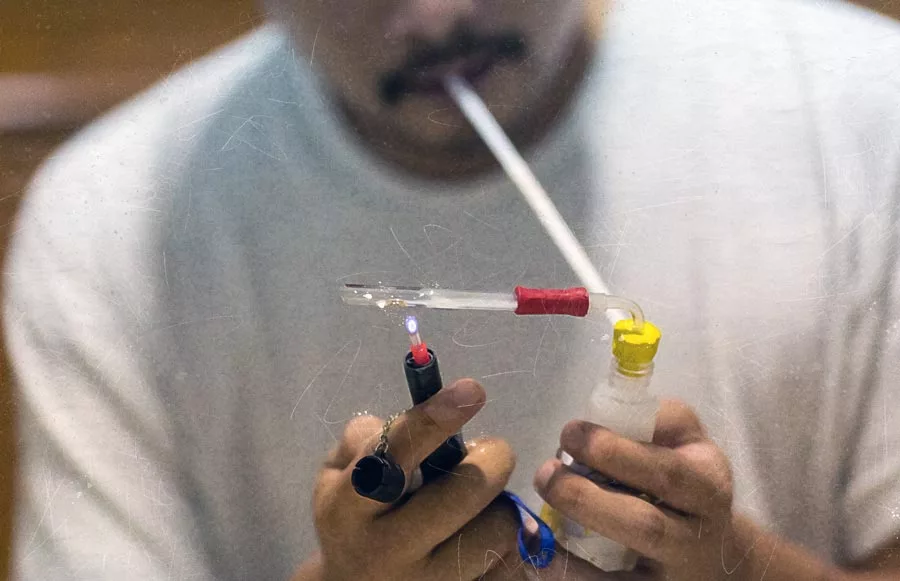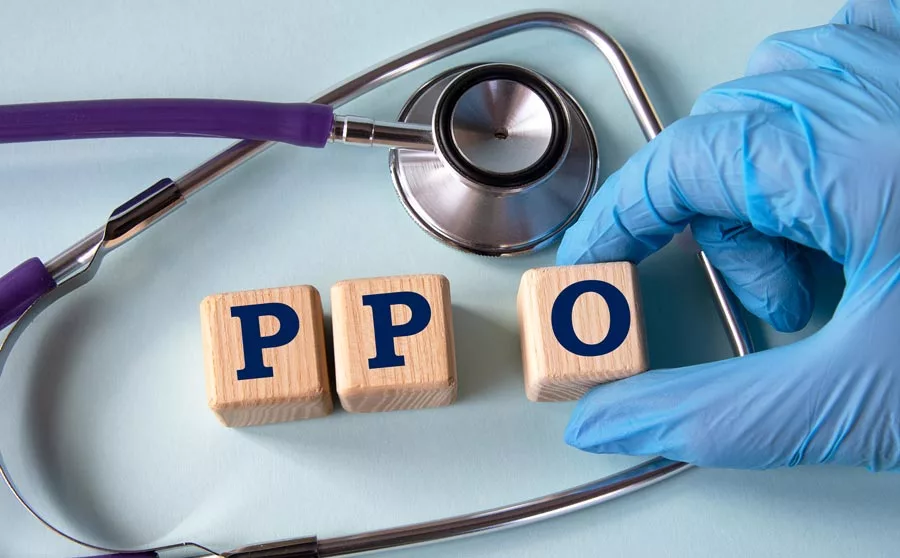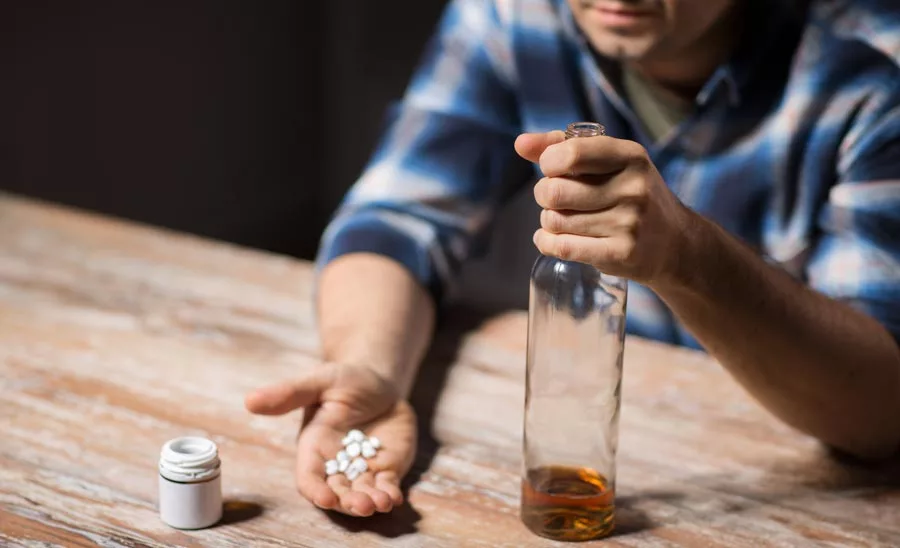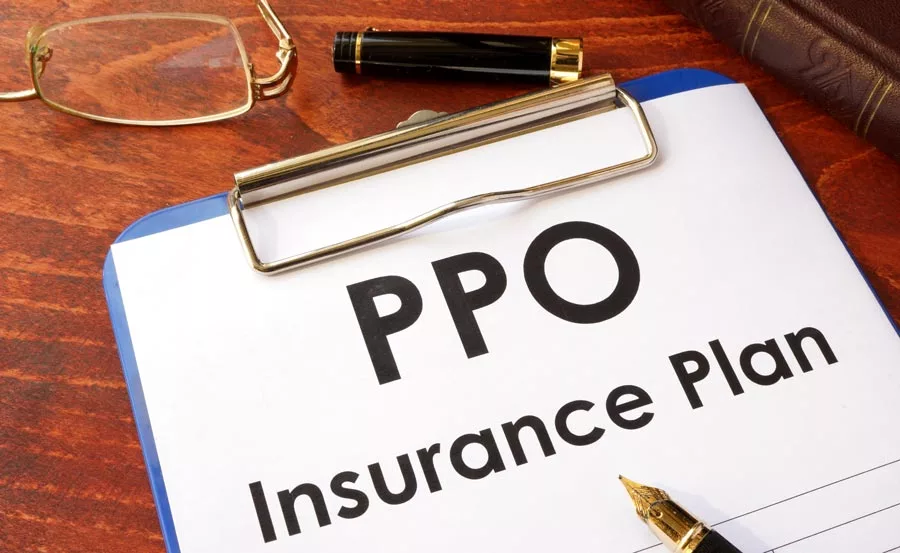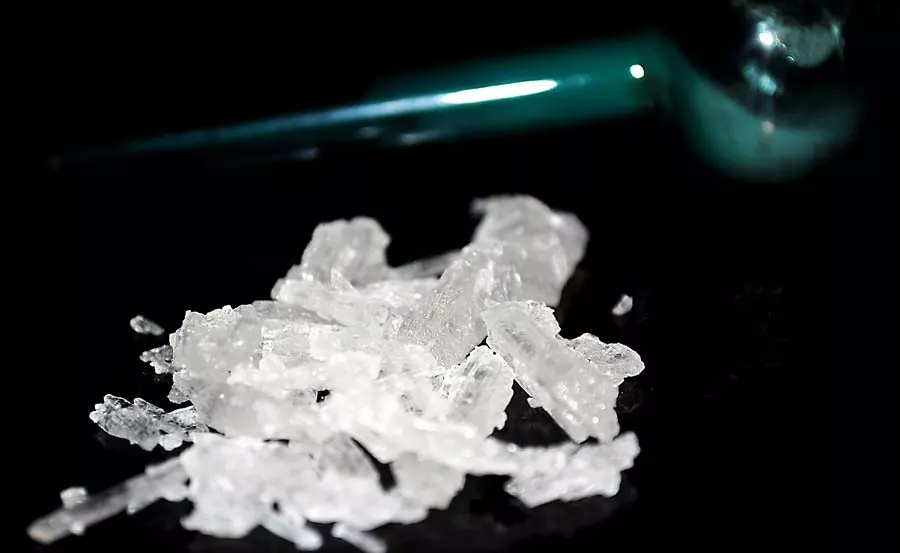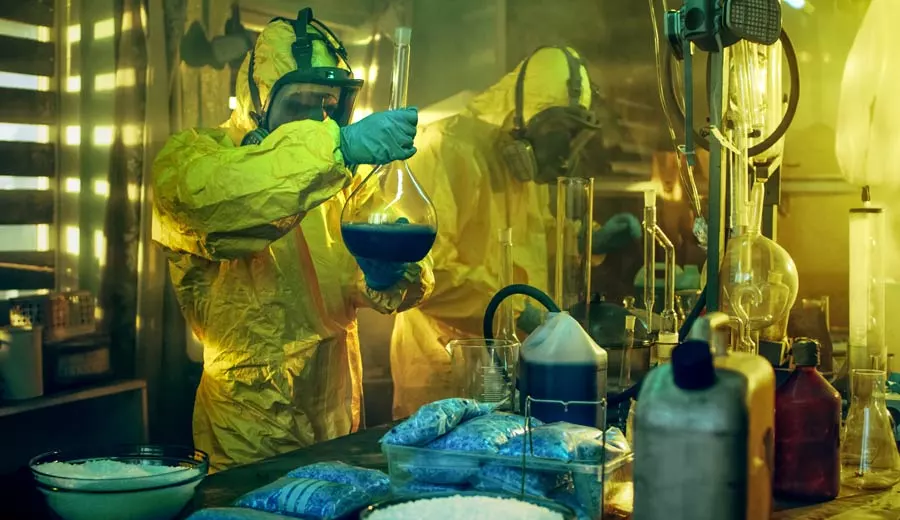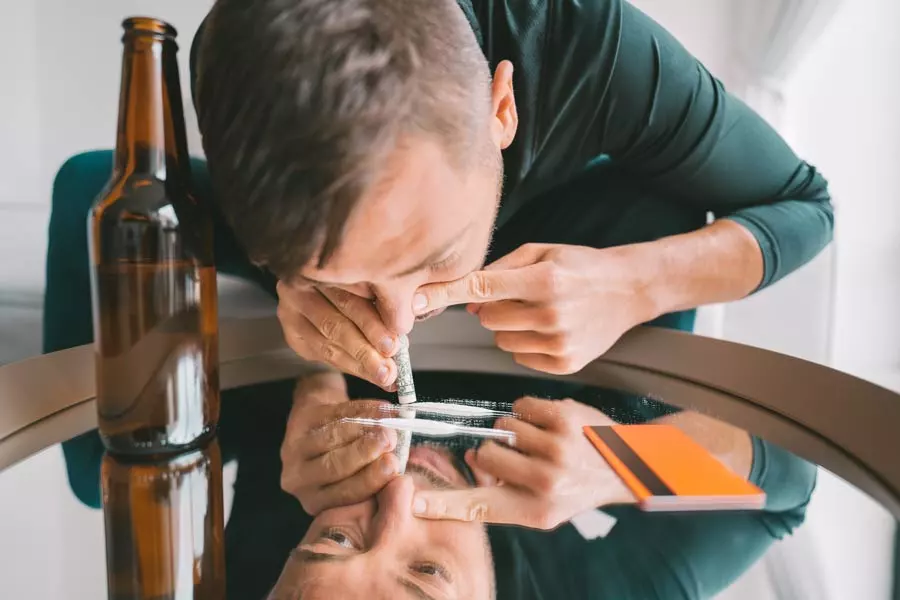Is Snorting Heroin Possible?
Seeing your loved one frequently sniffling is rarely a cause for concern. However, if it’s not allergy season and they are constantly sniffing and always seem to be in a daze, it might be time to start asking, ‘Can you snort heroin?’
These sorts of ‘allergies’ could be signs of substance abuse — specifically heroin use. And if you see them with a powdery substance around their nose, they might be snorting heroin.
While snorting any substance is dangerous and can lead to health problems, it’s especially risky when it is heroin. Heroin abuse is rising in America, with over 13,000 deaths caused by heroin overdose in 2020 and many more due to its synthetic cousin, fentanyl.
Getting someone needed help as soon as possible is crucial. Drug and alcohol addiction treatment can be the difference between life and death. Keep reading to find out more about heroin and effective treatment for heroin addiction found at Best Rehabs In Arizonas!
Understanding How Heroin Works
Heroin is a powerfully addictive drug that can quickly take over a person’s life. It’s important to be aware of the dangers of snorting heroin — especially if someone you know is struggling with an addiction.
Heroin is an illegal, highly addictive opioid made from the opium poppy and typically appears as a white or brown powder, or a dark sticky substance known as “black tar heroin.”
Powdered heroin is usually snorted or smoked, while black tar heroin is heated and injected using drug paraphernalia. All methods of heroin use are dangerous and can lead to addiction and overdose.
Heroin works by binding to the body’s opioid receptors in the brain. This produces a sense of euphoria and relaxation.
How Does Heroin Addiction Happen?
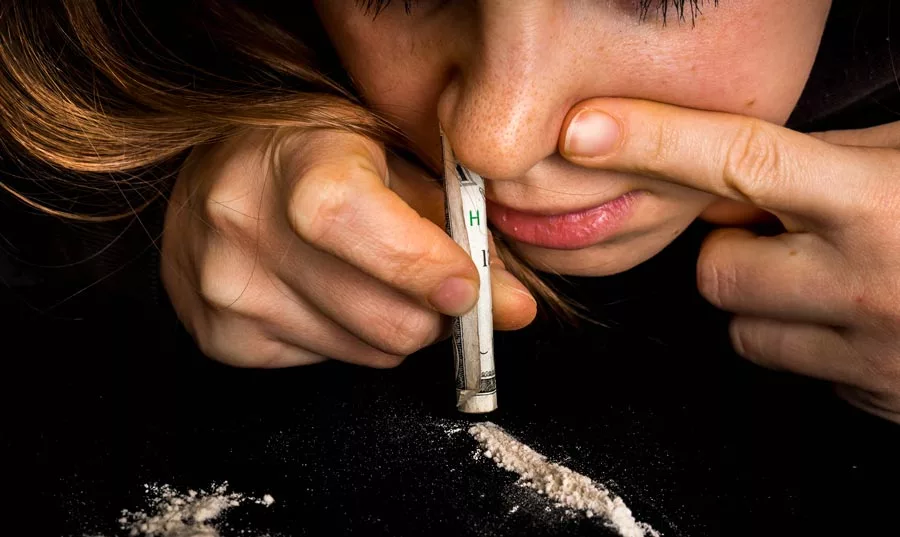
Heroin is also a central nervous system depressant, which means it slows down breathing and heart rate. When people use heroin, they might feel like they’re in a dream-like state, and a sense of well-being and relaxation follows this.
As heroin addiction develops, people will feel less relaxed and anxious. They might also experience depression, mood swings, and problems sleeping. This leads to physical dependence as the body becomes used to the drug and needs it to function.
Tolerance to heroin develops quickly, which means people need to use more of the drug to get the same effects. As tolerance builds and dependence develops, heroin users will start to feel withdrawal symptoms when they stop using heroin.
Withdrawal symptoms can be uncomfortable and painful, which is why many people continue to use heroin despite the negative consequences.
What are the Signs of Heroin Addiction?
Frequent sniffling and runny noses are arguably the most telltale signs that someone has a problem with heroin abuse. This is because the drug releases histamine, which can cause inflammation and irritation in the nasal passages.
If you’re worried that someone you care about is snorting heroin, there are other signs and symptoms to look out for.
Physical Signs and Symptoms of Opiate Use
- Small, pinpoint pupils
- Drowsiness or “nodding off”
- Slurred speech
- Problems with coordination and balance
- Slowed breathing
Behavioral Signs and Symptoms of Opiate Abuse
- Changes in appearance, such as weight loss or poor personal hygiene
- Neglecting responsibilities at work, school, or home
- Withdrawing from friends and activities
- Losing interest in hobbies or activities that were once enjoyable
- Changes in eating or sleeping habits
- Secretive or suspicious behavior
- Changes in mood or personality
If you notice any of these signs or symptoms in yourself or someone you care about, getting help as soon as possible is critical. Heroin addiction is a severe problem that can quickly lead to overdose and death.
What are the Effects of Snorting Heroin?

Snorting heroin has become one of the most common ways people abuse the drug. When heroin is snorted, it’s absorbed into the bloodstream through the nasal passages in the nose.
The effects of snorting heroin are similar to the effects of smoking or injecting the drug. However, snorting heroin takes slightly longer for the drug to reach the brain, and the effects of snorting heroin typically peak within 10 minutes.
The primary effect of snorting heroin is a sense of euphoria followed by drowsiness. Snorting heroin can also lead to several physical effects, including nausea, vomiting, constipation, itchy or flushed skin, and dry mouth.
The Health Risks of Snorting Heroin
Snorting heroin is extremely dangerous and can lead to many health problems, including:
- Nosebleeds: Frequent sniffing can damage the delicate blood vessels in the nose, which can lead to nosebleeds.
- Infections: Snorting anything, including heroin, can damage the mucous membranes in the nose. This makes it easier for bacteria to enter the body and cause infections.
- Allergic Reactions: Some people are allergic to heroin or its additives. Snorting heroin can lead to various allergic reactions, including hives, swelling, and difficulty breathing.
- Nasal Congestion: Snorting heroin can block the nasal septum and the throat, leading to nasal congestion.
- Respiratory Problems: Snorting heroin can damage the lungs and lead to respiratory problems.
- Circulatory System Problems: Snorting heroin can damage the heart and lead to heart problems.
- Nervous System Problems: Snorting heroin can cause severe brain damage.
- Overdose: The effects of snorting heroin can be unpredictable. This increases the risk of overdose, which can be deadly.
Health Risks Associated with Injecting Heroin
Injecting heroin is even more dangerous than other methods of heroin use because injecting heroin directly into the bloodstream bypasses the body’s natural filtering system.
The use of drug paraphernalia, such as syringes and needles, comes with its own risks, as they can also introduce bacteria and other contaminants into the bloodstream.
Injecting heroin can lead to many health issues, including:
- Infections: Injecting anything into the skin can damage the tissue and lead to infections. Using dirty needles can also introduce bacteria and other contaminants into the body.
- Vein Damage: Injecting heroin can damage the veins and lead to vein inflammation or blood clots.
- Nerve Damage: When you inject heroin frequently, it can cause damage to the nerves.
- Skin Infections: Injecting heroin can cause skin infections.
- HIV/AIDS: Injecting heroin can increase the risk of contracting HIV/AIDS and other blood-borne diseases.
- Hepatitis: Injecting heroin can increase the risk of contracting hepatitis B and C.
- Overdose: The more you inject heroin into your system, the more tolerance you will build to the drug, which can lead to overdose or death.
Why Do People Snort Heroin?
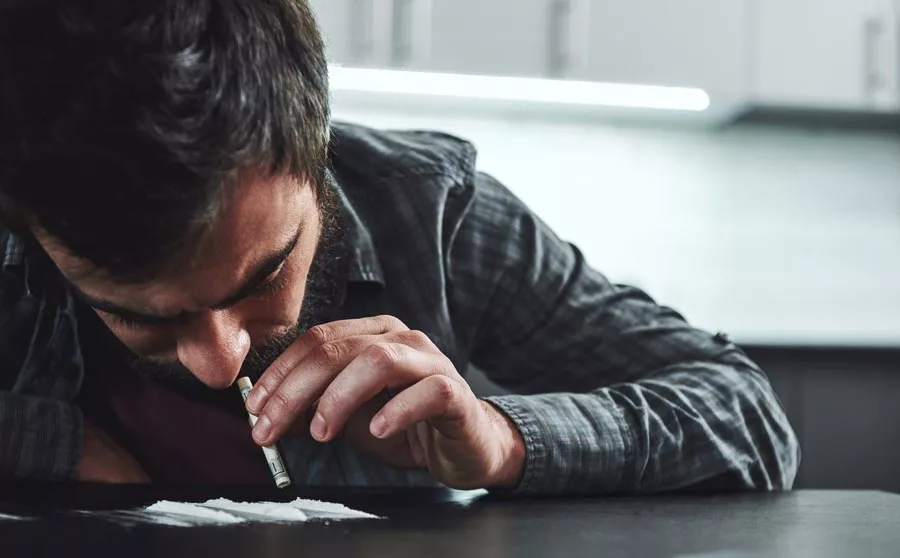
While injecting the drug was the traditional method of abuse, snorting heroin has become more prevalent in recent years. This is because the effects of snorting heroin are slightly faster than the effects of smoking heroin.
Snorting the drug also requires less paraphernalia, which makes it easier to hide from law enforcement and parents.
There is also less stigma around the idea of snorting heroin as opposed to injecting it, but the resulting dependence and addiction are identical regardless of the means of administration.
Prevent Contracting Diseases
Snorting heroin is also seen as a less risky method of abuse than injecting it. This is because there is less hazard of contracting blood-borne diseases, such as HIV/AIDS and hepatitis C when you snort heroin rather than inject it.
False Belief That It’s Less Addicting
Substance users snort heroin because they believe that snorting it is less addicting than injecting it. However, this is not the case. Snorting heroin can be just as addictive as injecting it, and the risk of addiction increases when you abuse heroin.
The Effect Is More Gradual
When you snort heroin, the effects of the drug are not felt as immediately as when you inject it. Some heroin users may prefer this method because it allows them to control the effects of the drug better.
What Can You Do to Help Someone with Heroin Use?
If you suspect that someone you know has a problem with drug abuse, there are a few things that you can do to help them.
Talk to Them in Private
The first step is to talk to the person in private. This is important because it allows them to feel safe and comfortable discussing their substance use problem.
Listen Instead of Lecturing

When you talk to a person dealing with addiction, listening is crucial instead of lecturing. This means you should avoid judgment and instead focus on understanding their point of view.
Encourage Them to Seek Help
If the person is willing to talk about their drug abuse issue, encourage them to seek professional help. There are plenty of treatment options for drug abuse, which can be in the form of therapy, counseling, a rehabilitation program, or other specialized programs. Health insurance coverage can also cover addiction treatment services.
Support Their Journey to Recovery
If the person you know is willing to seek help for their substance abuse and addiction, support them on their recovery journey. This means being understanding and patient as they go through treatment and attending counseling sessions or family therapy with them.
Find Heroin Treatment at Best Rehabs In Arizona
Long-term recovery from substance abuse and addiction is possible. With the proper treatment and support, anyone can overcome their drug use problem. If you or someone you know is struggling with heroin abuse, don’t hesitate to seek help.
Best Rehabs In Arizona offers a variety of addiction treatment options for drug addiction, including detoxification, inpatient treatment, outpatient treatment, and aftercare services.
We also offer a wide range of support services, including family therapy, individual counseling, and group therapy. Our goal is to provide comprehensive care that addresses all aspects of the individual’s life, including their physical, mental, and emotional health.
If someone you know is struggling with heroin, don’t hesitate to reach out for help. Contact us for a confidential call to learn more about our treatment programs now!

